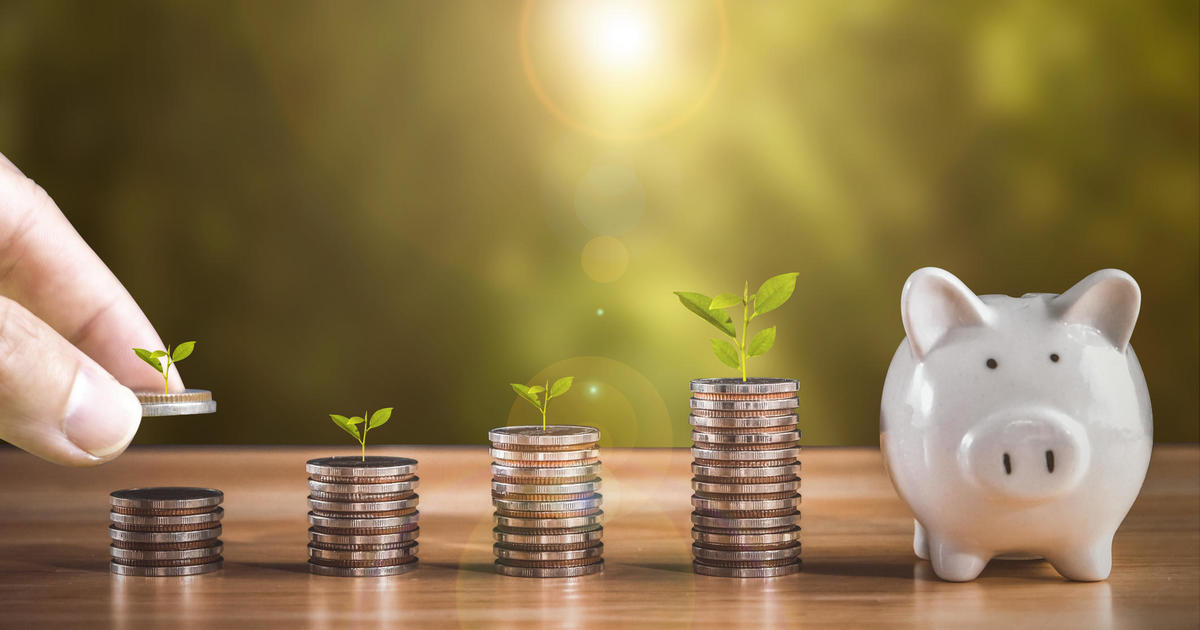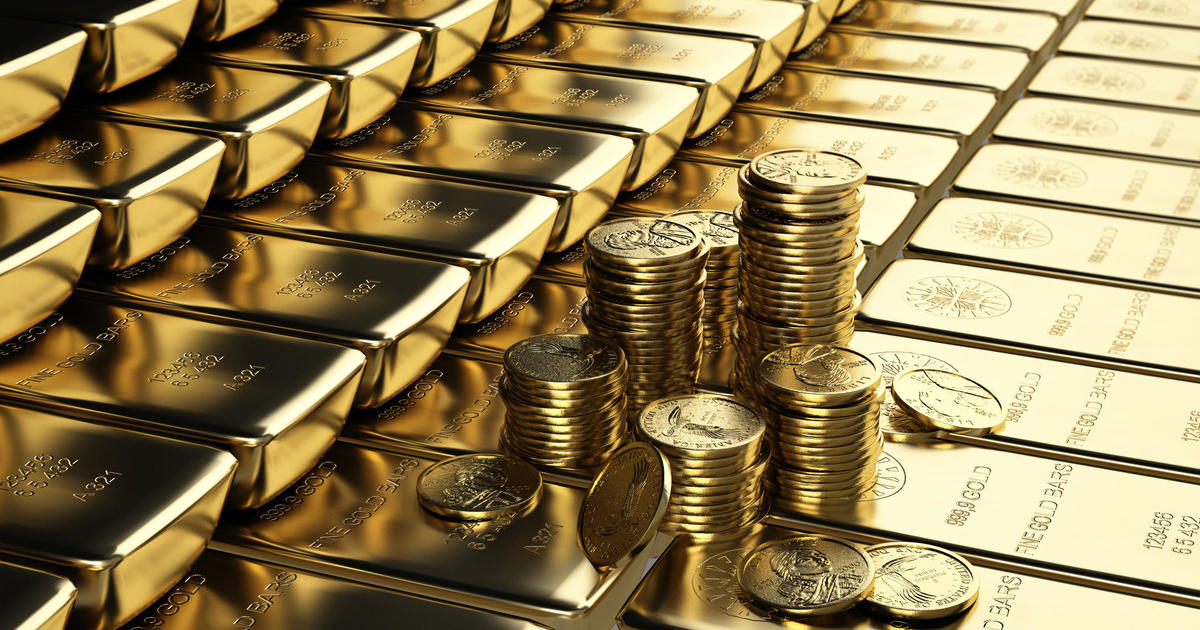Key inflation gauge eases for the first time since 2020
An inflation gauge closely tracked by the Federal Reserve rose 6.3% in April from a year earlier, just below a four-decade high set in March and the first slowdown since November 2020.
Called the personal consumption expenditures price index, the inflation measure differs in some ways from the Consumer Price Index that help explain why it shows a lower inflation level than the CPI does. For example, rents are given less weight in the PCE than in the CPI.
Friday's report from the Commerce Department added to other recent signs showing that while high inflation continues to cause hardships for millions of households, it may finally be moderating, at least for now. In May, the CPI rose 8.3% from a year ago, down from 8.5% in March — the first slowdown in inflation in nine months.
The report also showed that consumer spending rose by a healthy 0.9% from March to April, outpacing the month-to-month inflation rate for a fourth straight time. The ongoing willingness of the nation's consumers to keep spending freely despite inflated prices is helping sustain the economy. Yet all that spending is helping keep prices high and could make the Fed's goal of taming inflation even harder.
"The rise in inflation-adjusted spending in April shows consumers are resilient, for now," Rubeela Farooqi, chief U.S. economist at High Frequency Economics, said in a report. "With inflation still uncomfortably high, the labor market strong and household spending maintaining positive momentum, the Fed will stick with its plan to raise rates by 50 basis points at the next two meetings."
On a month-to-month basis, prices rose 0.2% from March to April, down from the 0.9% increase from February to March.
Still, inflation remains painfully high, and it's inflicting a heavy burden in particular on lower-income households. Surging demand for furniture, appliances and other goods, combined with supply chain snarls, began sending prices surging about a year ago.
Consumers spending on entertainment and travel
Consumers are now increasingly shifting their spending from goods to services, like airline fares and entertainment tickets. That trend could help cool inflation in the months ahead, though it's unclear by how much. The cost of such services as restaurant meals, plane tickets and hotel rooms is also rising.
Chair Jerome Powell has pledged to keep ratcheting up the Fed's key short-term interest rate until inflation is "coming down in a clear and convincing way." Those rate hikes have spurred fears that the Fed, in its drive to slow borrowing and spending, may push the economy into a recession. That concern has caused sharp drops in stock prices in the past two months, though markets have rallied this week.
Powell has said the Fed is aiming for a "soft or soft-ish" landing, in which wages, consumer spending and growth slow, but the economy avoids a downturn. Most economists say that while such an outcome is plausible, they doubt it can be achieved.
Even so, Moody's Sweet believes the Fed will remain steadfast in its plan for additional rate hikes throughout the year.
"The Fed could face a situation where higher consumer prices begin to weigh on consumer spending, reducing GDP growth," said Sweet. "The pandemic has not repealed the law of demand, which states that, all else equal, a higher price of a good or service reduces the quantity demanded. Therefore, the new data on the PCE deflator are not going to deter the Fed from aggressively raising interest rates in both June and July."
Rising prices of gas and food, worsened by Russia's invasion of Ukraine, is likely to keep measures of inflation elevated at least into the summer. The national average price of a gallon of gas has reached $4.60, according to AAA. A year ago, it was $3.04.
Other trends, however, suggest that core inflation may continue to slow in the coming months. Retailers have reported rising stockpiles of televisions, patio furniture and other goods for the home as consumers have shifted their spending more toward travel and services-related goods like luggage and restaurant gift cards.
Those stores will likely have to offer discounts to clear inventory in the coming months. And auto manufacturers have been ramping up production as some supply chain snarls untangle and as they have managed to hire more workers. Both trends could help lower the prices of goods.
"The slowdown in monthly inflation also means that, with nominal incomes growing by 0.4%, incomes are now rising again in real terms, ending the almost year-long streak of consecutive monthly declines. That should help households rebuild savings over the rest of this year," said Michael Pearce, senior U.S. economist at Capital Economics, in a research note.
At the same time, higher pay for many workers, particularly at restaurants, hotels, warehouses, will keep forcing up prices for services, which, in turn, would at least partly offset the benefit of less-expensive goods.
And most economists forecast that inflation, as measured by the Fed's preferred gauge, will still be at about 4% or higher by the end of this year. Price increases at that level would likely mean that the Fed will still raise interest rates to lower inflation to its 2% target.



